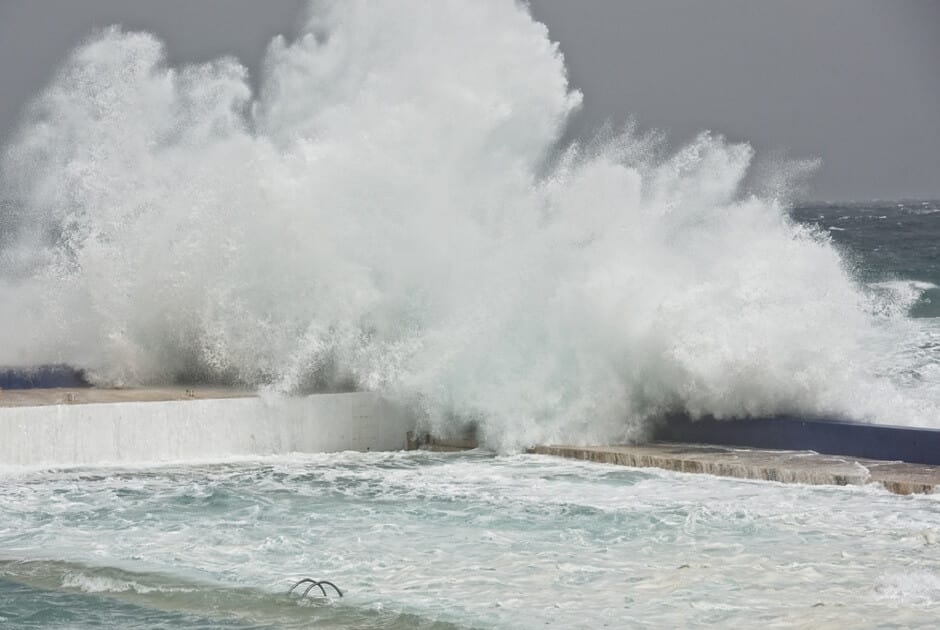Water erosion, or loss of soil due to water, can occur due to splashes of rain (“rainsplash”) or rill and gully erosion.
What is Rainsplash?
Whenever rain falls with intensity and pressure, the splashes cause the vulnerable soil to detach and move. Although the soil typically will stay on site with a modest net downslope movement, enough force from rainsplash can lead to severe erosion over time.
Convective rainstorms are the most common cause of rainsplash, which often occurs in the equatorial regions of the world.
What is Rill and Gully Erosion?
Soil can also be transported indirectly through rill or gully runoff (small and large channels, respectively). In many parts of the world, rill and gully erosion are the most common and dominant causes of water erosion and soil loss.
Runoff can happen if it rains too quickly or the soil has absorbed its maximum capacity. If the rain continues, the erosion will worsen, and the water and soil will begin to flow downhill more quickly.
The Effects of Water Erosion
With water erosion, we may see an increase in the size of channels and the collapse of channel walls, and runoff and sediment may begin to move into the nearby waterways.
Submar’s trained regional managers survey sites to assess the pipeline erosion. Their engineering and design team then develops a site-specific solution to protect your pipelines from exposure.


